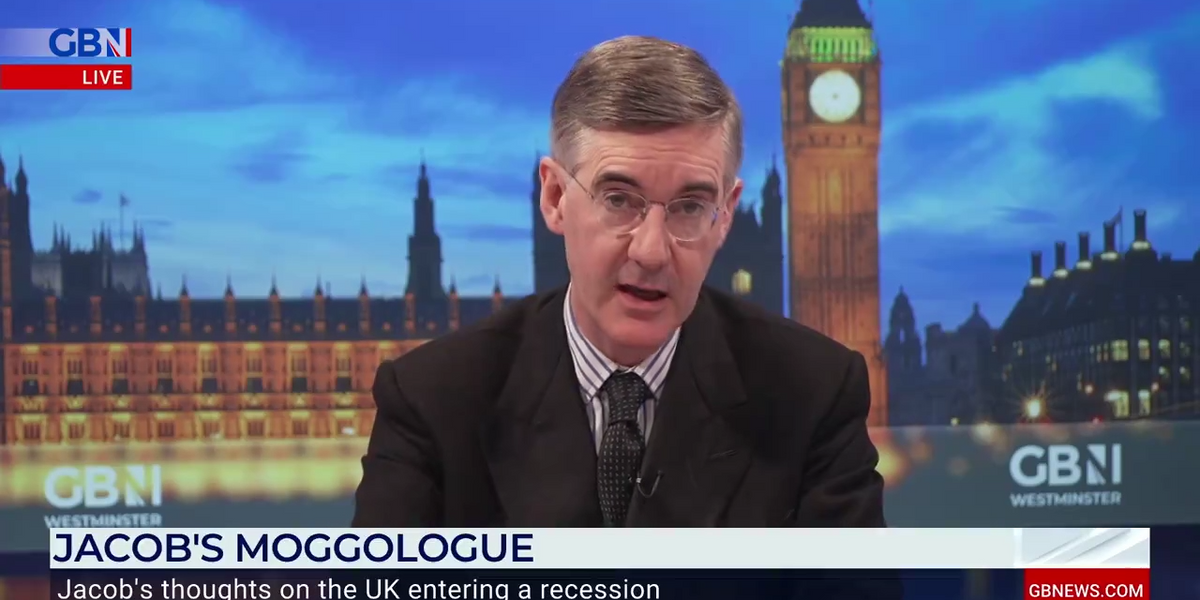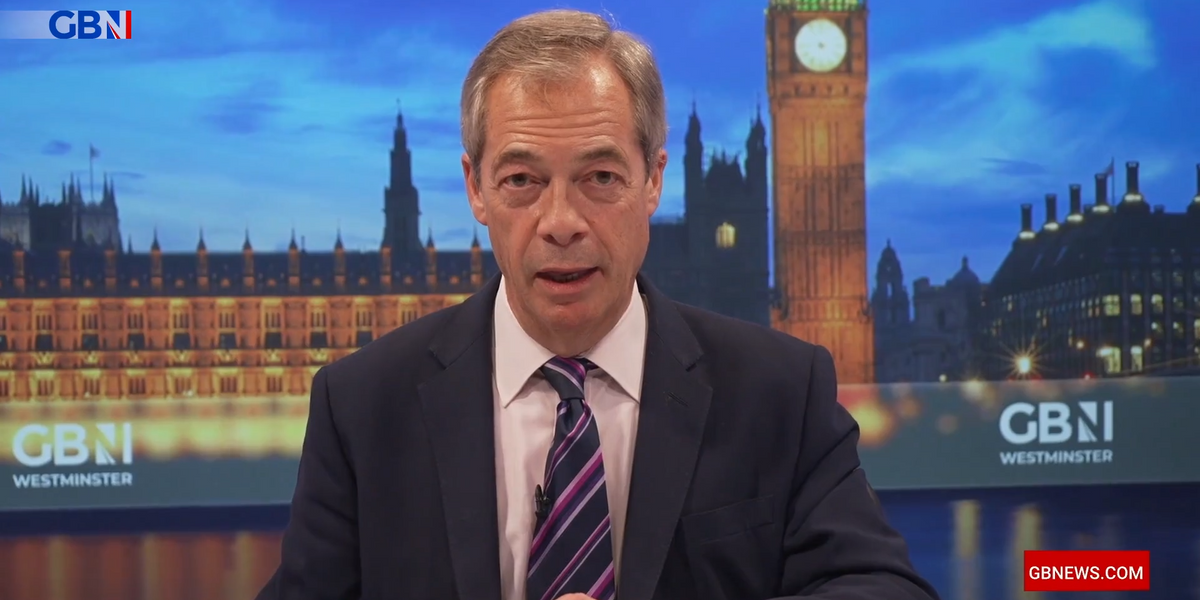
A £10 note is seen alongside euro notes and US dollar bills.
Matt Cardy | Getty Images
The carefully negotiated structure of global rules and trade treaties are being torn down, dismantled and disregarded by the United States which is unilaterally making up new rules and conditions.
This is not a spectator sport. All global markets and currencies are players and collateral damage. The unilateral repudiation of the multilateral agreement with Iran and the threat by the US to impose sanctions of countries that continue to do business with Iran carries a much broader threat to the Euro and Euro pairs.
Coward countries seek capriciously granted, and just as easily withdrawn, exemptions but the damage to the international order of free trade is ongoing.
The Euro-dollar chart reflects this growing concern with a retreat from resistance and the development of a rapid downtrend. This retreat has a downside target near 114.5.
The Euro-dollar chart is defined by long term trading bands. The trend behavior develops within the environment of trading band activity.
Starting in March 2015, the Euro-dollar has traded in a broad trading band. The upper resistance level for the band is near 1.145. The lower level of the band is support near 1.05. The breakout above 1.145 had a target near 1.24 and this was achieved.
The classic application of trading band analysis uses the width of the band and projects this beyond the upper and lower edges of the band to set the next target levels. This value is projected below the upper edge of the trading band to give the downside target near 1.145.
There is a weak support level near 1.16 and traders will watch for some temporary consolidation near this level. It is a weak support level because the 1.16 level has historically not acted as a support level.
Using the same trading band calculation method, a fall below 1.145 has a downside target near 1.05. The Euro-dollar trading inside this trading band from 2015 March until 2017 July so this has a long term and significant influence on the market.
The current fall towards 1.145 is a sharp collapse of the uptrend that prevailed from 2017 July to 2018 March. Traders watch for consolidation to develop near the upper edge of the long term trading band near 1.145.
The current retreat offers short term trading opportunities which can be exploited using the ANTSSYS method to trade the retreat and rally rebound behavior. The trend behavior is strong but it is also influenced by short term fundamental factors developing in response to the continued attacks of multilateral treaty conditions. This trade environment carries a higher than usual level of sovereign or political risk.
Daryl Guppy is a trader and author of Trend Trading, The 36 Strategies of the Chinese for Financial Traders, which can be found at www.guppytraders.com. He is a regular guest on CNBC Asia Squawk Box. He is a speaker at trading conferences in China, Asia, Australia and Europe. He is a special consultant to AxiCorp.
For more insight from CNBC contributors, follow @CNBCopinion on Twitter.
24World Media does not take any responsibility of the information you see on this page. The content this page contains is from independent third-party content provider. If you have any concerns regarding the content, please free to write us here: contact@24worldmedia.com
Latest Posts

Nigel Farage threatens NatWest with court proceedings to resolve debanking scandal


Amazon delivery driver ‘desperate’ for toilet smashed head on into car

Ricky Norwood set for ITV Dancing on Ice axe as dance expert exposes worrying ‘narrowing down’ trend


HMRC to give hundreds of thousands of households a £300 tax-free payment from today

The culpability for this recession must surely lie with the Bank of England

BBC The Apprentice viewers slam ‘awkward editing’ as contestant cut from spin-off show

BBC to air Steve Wright’s final Top of The Pops appearance amid backlash for treatment of late star

I point the finger of blame far more at the Bank of England than the government on recession